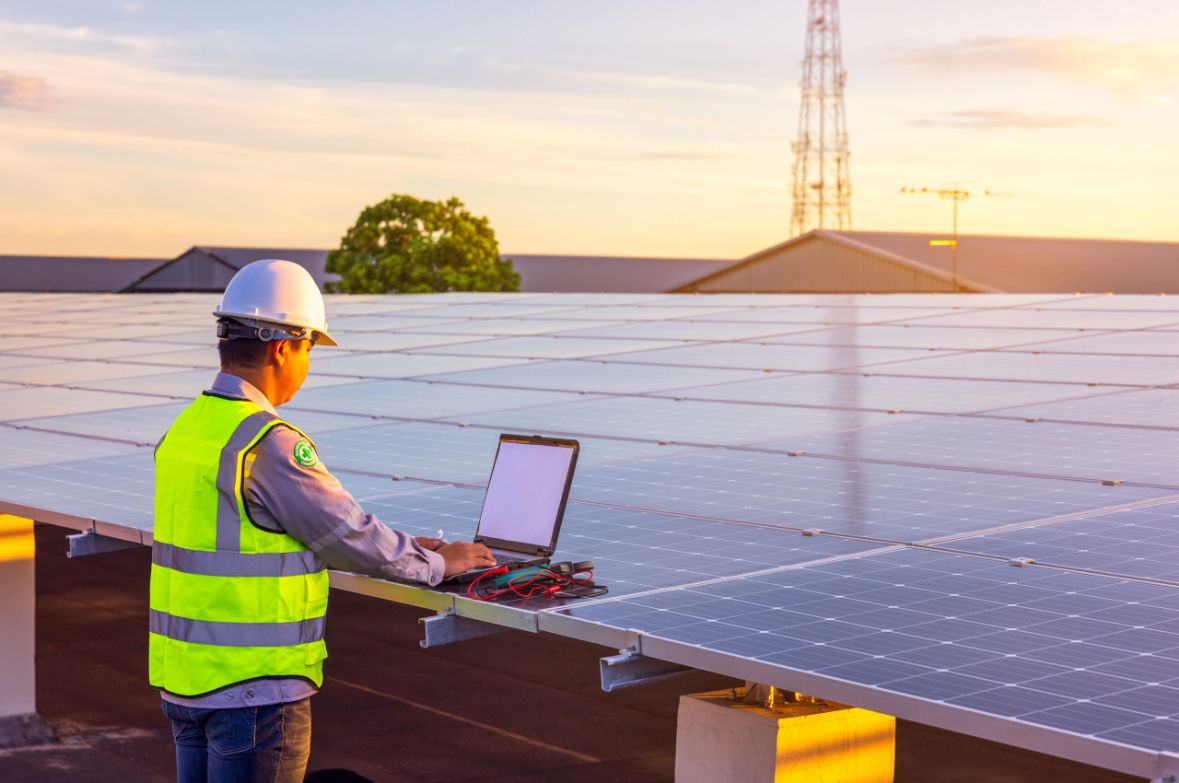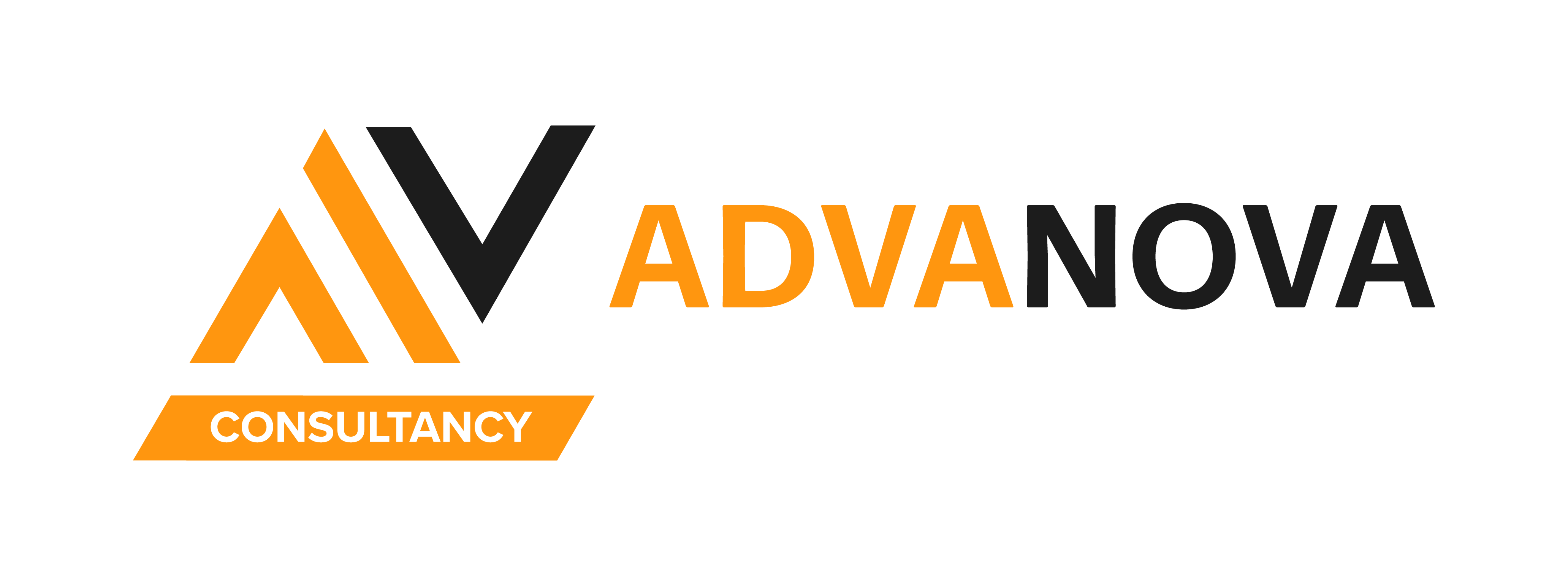Predictive technologies primarily focus around AI or Artificial Intelligence. Often these technologies operate with neural networks that are trained on increasingly niche sample data to optimise performance.
An area of expertise at AdvaNova Consultancy that we have developed over a number of years is our ability to support customers with defining and implementing neural networks for their AI systems.
There are some key predictive technology applications that the teams at both AdvaNova and AdvaNova Consultancy have been implementing for many years and some are progressively impacting sustainability.

What are neural networks?
Neural networks are commonly used to classify and process data to predict future values. The networks are capable of discovering complex correlations and are designed to identify data patterning. This is why predictive technology is becoming more regularly used to forecast weather configurations or organisational calculations to improve the management of resources and increase energy efficiency.

How does predictive technology work?
Predictive technology applications are vast, from people counters driving the efficient scheduling of cleaning rooms, offices or floors in office blocks, to analysing solar exposure to determine whether the heating should be turned on in a building. Predictive technologies are becoming more vital to the workplace and organisations are really feeling the benefits, in terms of cost efficacy, improved work practices and better user experiences.
Predictive Technology in action
As working environments change with plenty of advancements like smart buildings and hot desking, the whole organisational ecosystem can be built around predictive technology to enhance workflow. An organisation may use predictive technology to manage kiosk systems and use these to discover where employees are working, how to optimise space and to improve the work experience for everyone. Here are a few ways AdvaNova and AdvaNova Consultancy are currently applying predictive technologies into our clients’ organisations.

1.
With the support of predictive technologies, AI systems could look at the weather forecast for the next few hours, work out how much solar exposure the building will absorb and determine whether heating is required or if the sun will keep the building warm. This in turn reduces electricity usage, reduces the building’s carbon footprint and of course reduces the overall bill figure each month.

2.
Another product that we have incorporated into our AdvaNova offering is the smart people counter. Not only is this very low cost, it’s also low impact. Smart people counters can track building occupancy and seamlessly manage space, so that organisations can identify how best to reduce energy use and increase efficiency.

3.
For buildings sites that are powered by solar battery driven lights, predictive technology can dim the lights to save energy when they are low on power so that they last as long as possible.
The use of predictive technologies such as the people counter can drive the frequency and efficiency of bathroom cleaning schedules as it analyses the number of bathroom visits, so rather than creating a schedule based on times of day, you can create schedules based on building or floor occupancy in a large office block.

What does the future look like for predictive technology at AdvaNova?
At AdvaNova, we have a resource booking utilisation app and programme that is predominantly focussed around the library environment. This product can book study resources or space for greater clarity and improve the user experience. Combined with predictive technology, we are looking at the possibility of tech that would analyse room bookings and occupancy to determine whether lights need to be on in that particular room, or in fact in an entire floor if no one is occupying the floor.
Predictive technology may also allow the scaling up or down of available resources such as staff members – if only 1 room is booked for a few hours on the entire floor across the whole day, resources can be scheduled accordingly.
We believe it’s not a huge jump from current applications to future possibilities such as the above.
Get in touch with AdvaNova if you want your organisation to evolve with greater sustainability and more reactive, responsive predictive technologies.


